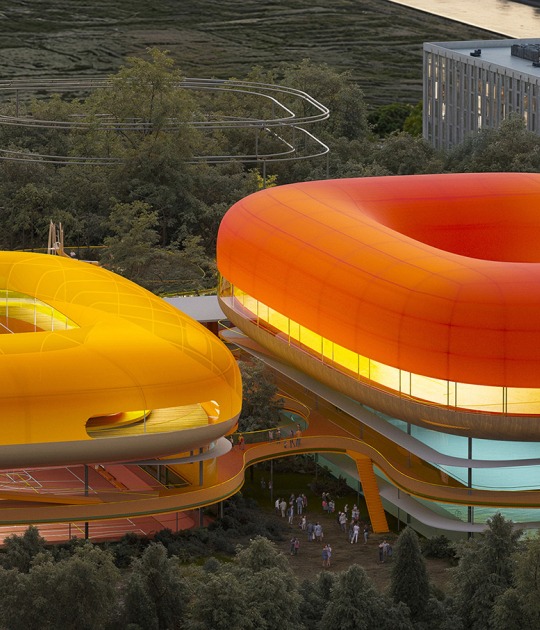The design — which the museum will unveil in an exhibition opening June 9 called "The Presence of the Past: Peter Zumthor Reconsiders LACMA" — arrives at a crucial time for the city. Los Angeles has produced so few important buildings in the last seven or eight years that it is in real danger of losing its reputation as a center for innovative architecture.
As part of the Getty’s initiative, Pacific Standard Time Presents: Modern Architecture in L.A., LACMA features The Presence of the Past: Peter Zumthor Reconsiders LACMA, an exhibition about the proposed future of the museum's campus. Swiss architect Peter Zumthor has been commissioned to rethink the east campus, providing new insight into the meaning and function of an encyclopedic museum and the relationship of architecture to its site. The exhibition begins with a detailed examination of the museum's buildings within the complicated history of Hancock Park. It then focuses on Zumthor’s preliminary plans for a new building to house the permanent collection, with several large models built by the architect’s studio.
The exhibition will also present key projects in Zumthor’s career that are most relevant to his vision for LACMA: the Therme Vals in Switzerland, Kunsthaus Bregenz in Austria, and the Kolumba Art Museum of the Cologne Archdiocese in Germany. These projects have resulted in Zumthor winning the highest accolades in the field of architecture, including The Pritzker Prize (2009) and the Royal Institute of British Architects Gold Medal (2013). Together, these examples elucidate key aspects of Zumthor’s practice – his interest in the geologic history of the site; his passion for materials, craftsmanship, and sensory experience; and his commitment to an architecture of total integration.
Dates.- 09th June - 15TH September 2013.
Venue.- LACMA. 5905 Wilshire Blvd, Los Angeles, CA 90036. USA.







































